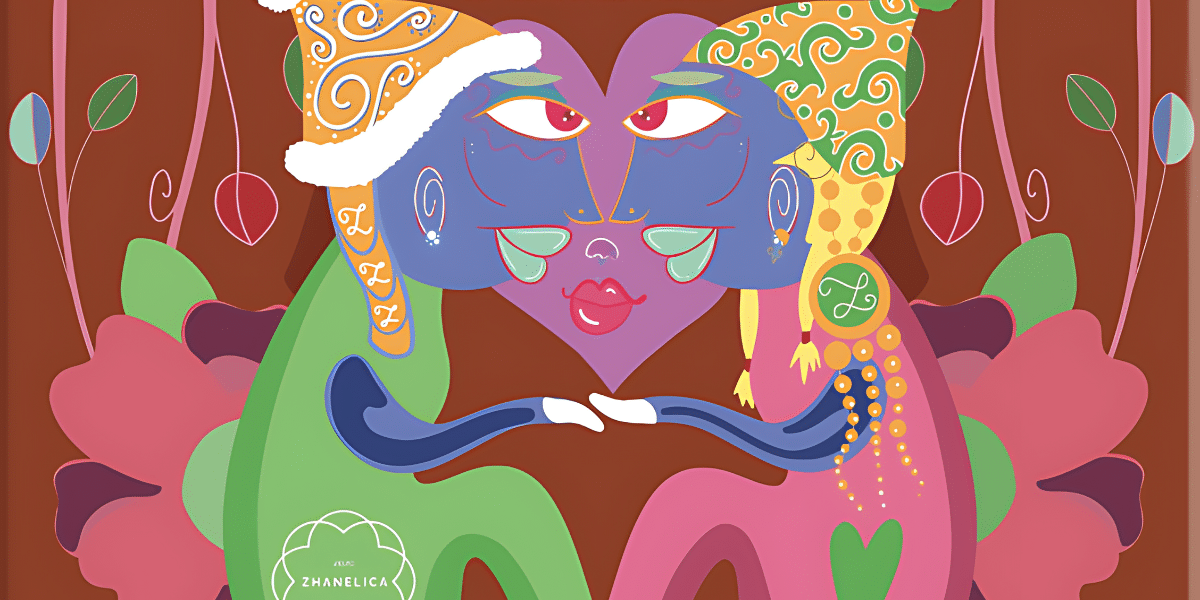Fabrics are a fundamental part of our daily lives, found in clothing, home decor, and numerous other applications. However, not all fabrics are created equal, and their prices can vary significantly. This article explores the factors that contribute to the varying costs of fabrics, helping consumers understand why some fabrics cost more than others.
Types of Fabrics
Natural fabrics are made from fibers that come from plants or animals. Common natural fabrics include cotton, linen, wool, and silk. These fabrics are often prized for their comfort, breathability, and natural appearance.
Synthetic fabrics are made from chemical compounds. Examples include polyester, nylon, acrylic, and spandex. These fabrics are typically more affordable and offer various benefits such as durability, elasticity, and resistance to wrinkles and shrinking.
Blended fabrics combine natural and synthetic fibers to create materials that offer the best qualities of both types. For example, a cotton-polyester blend may provide the comfort of cotton with the durability of polyester.
Factors Affecting Fabric Costs
The quality of raw materials is a primary factor in determining fabric cost. Higher-quality raw materials often come from specific regions known for producing superior fibers. For example, Egyptian cotton and Merino wool are highly valued for their exceptional quality, which drives up their prices.
The production process significantly impacts the cost of fabrics. Natural fabrics, especially those like silk and linen, require more labor-intensive processes. Silk production, for example, involves raising silkworms and carefully harvesting their cocoons. In contrast, synthetic fabrics can be mass-produced using automated machinery, which generally lowers their cost.
The length and fineness of fibers affect the softness, durability, and overall quality of the fabric. Longer and finer fibers, such as those used in high-quality cotton, produce smoother and more durable fabrics. These premium fibers are more expensive due to their superior characteristics and the more meticulous processing required.
The method used to weave or knit the fabric also plays a role in its cost. Intricate weaving techniques, such as those used in jacquard or brocade fabrics, are more time-consuming and require skilled labor, resulting in higher prices. Simple weaves, like plain or twill weaves, are faster and cheaper to produce.
The process of dyeing and printing fabrics can add to the cost. High-quality dyes and complex printing techniques, such as digital printing or hand-block printing, increase production expenses. Additionally, fabrics that require multiple colors or custom designs tend to be more expensive than those with single, solid colors.
Sustainable and ethical production practices often lead to higher fabric costs. Organic cotton, for example, is grown without synthetic pesticides and fertilizers, making it more expensive to produce. Similarly, fair trade certifications ensure that workers are paid fair wages and work in safe conditions, which can increase the cost of the final product.
Market Demand and Brand Value
Fashion trends significantly influence fabric prices. When certain fabrics become popular, their demand increases, which can drive up prices. For instance, a surge in demand for eco-friendly fabrics has led to higher prices for organic cotton and recycled polyester.
The reputation of a brand can also impact the cost of fabrics. Luxury brands often use high-quality materials and meticulous production processes, justifying their higher prices. Consumers are willing to pay more for fabrics from reputable brands known for their quality and craftsmanship.
Longevity and Maintenance
Durable fabrics, such as those made from high-quality wool or synthetic blends, tend to cost more due to their long lifespan. These fabrics resist wear and tear, making them a worthwhile investment for consumers looking for longevity.
Fabrics that are easy to care for, like machine-washable synthetics, are generally less expensive than those requiring special care. Fabrics like silk and wool often need professional cleaning and gentle handling, adding to their overall cost.
Several factors contribute to why some fabrics cost more than others. The quality of raw materials, production processes, weaving techniques, dyeing and printing methods, and environmental and ethical practices all play crucial roles in determining fabric prices. Additionally, market demand, brand reputation, durability, and maintenance requirements further influence the cost. By understanding these factors, consumers can make more informed decisions when purchasing fabrics, balancing quality, cost, and sustainability.






